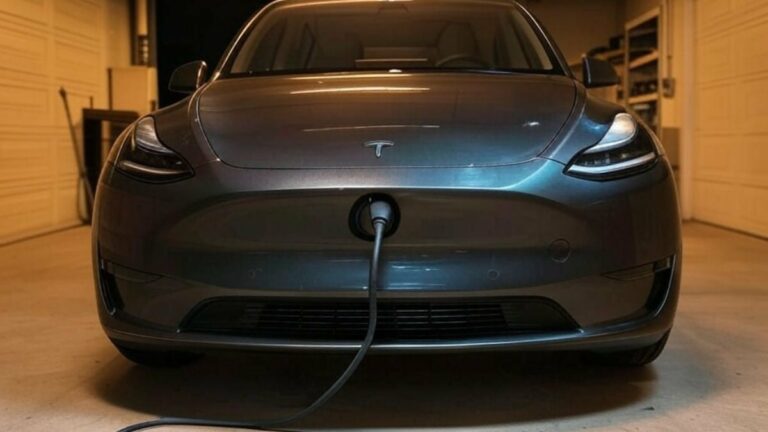When Corinne Evans switched from a gas-guzzling Jeep Wagoneer to a sleek Tesla Model Y, he expected significant savings on fuel costs. However, his first month’s Edison electric bill jumped by $134, causing concern. Evans charged his vehicle between 11 PM and 6 AM, believing he was taking advantage of off-peak rates.

Experienced Tesla owners quickly chimed in with advice on the Tesla Tips & Tricks Facebook group. One key tip was to contact the local utility provider to confirm the most cost-effective EV charging plan. J. Carter shared his experience: ‘I contacted SDG&E… and was told to set our timing charger to midnight to 6 AM. Done. Never more than $50/$60 monthly increase in the electric bill.’
Understanding Time-of-Use Plans
Many utilities offer ‘time-of-use’ (TOU) plans that provide significantly lower electricity rates during off-peak hours, typically overnight. However, unless you opt-in, you may still be billed at standard rates. Evans likely used between 800 to 1,000 kilowatt-hours (kWh) to drive 3,000 miles, which is reasonable given Tesla’s average efficiency of 3–4 miles per kWh. This translates to a cost of 13 to 15 cents per kWh, which is relatively reasonable compared to gas prices.

Tesla’s built-in tools can help owners understand their charging costs. Harvey Payne advised: ‘Go into the Charge Stats in the app and near the bottom is Settings. That’s where you enter your rate plan.’ It’s crucial to include all kWh fees on your bill, not just the generation fee, as some utilities have multiple kWh-based fees plus taxes.
Location Matters
Electric rates and infrastructure vary significantly by state, utility, and even neighborhood. For instance, Edison’s standard residential tiered rate can climb above 30 cents/kWh during peak hours in some California areas. Lynn Anderson from Texas shared her experience: ‘I haven’t noticed an increase… Electricity is so subjective to location.’
Optimizing EV Charging Costs
To minimize charging costs, EV owners should:
- Contact their utility provider to explore EV-specific rate plans
- Configure Tesla’s charging settings to reflect their rate plan
- Use time-of-use plans effectively
- Monitor overall household energy consumption
While Evans’ bill spike was surprising, his overall cost remains lower than his previous gas expenses. As Mako Morrow pointed out: ‘$134 for 3000 miles is not bad compared to gas.’ The key is understanding how, when, and where you charge your EV to maximize savings.



